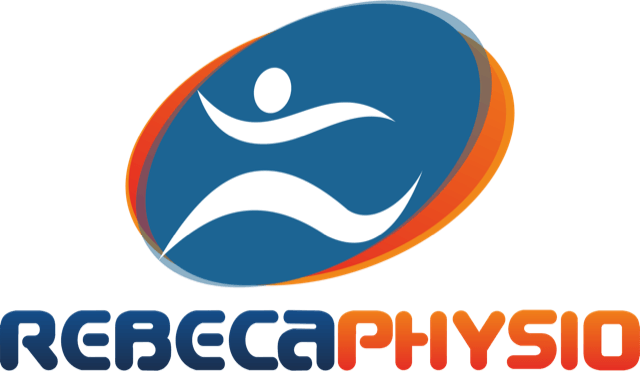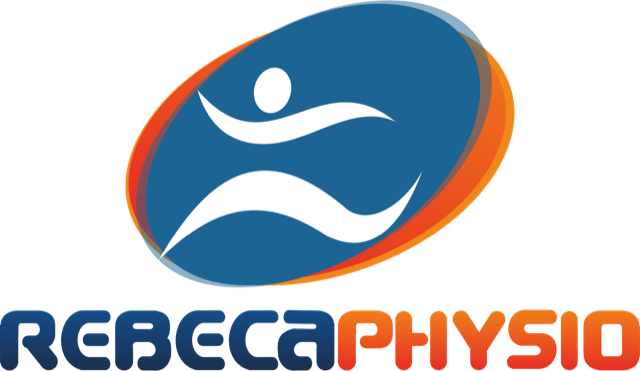Expert Physiotherapy Services in London
Rebeca Nonaka is a qualified physiotherapist and craniosacral therapy expert based in London at the Rebeca Physio Clinic. See how her expert physiotherapy services can help you improve your health and wellbeing.
Rebeca Physio Clinic offers three main services to all her clients: Physiotherapy, Craniosacral and Acupuncture. She has the appropriate accreditation for all three disciplines.
Acupuncture Services
Western medical acupuncture is always implemented after a medical diagnosis. Acupuncture is sometimes available from NHS GP’s or physiotherapists, however, there is only limited access. Therefore, patients often pay for acupuncture privately. The cost of the treatment can differ with initial sessions usually costing between £40 and £70. Any further sessions will vary from £25 to £60. If you're thinking about having a course of acupuncture or you are already receiving this treatment for an existing health condition, you should talk to your GP about it.
Craniosacral Services
Craniosacral Therapy is a process which addresses patterns of physical and psychological disease caused by injuries and illnesses that are picked up by people as they go through life. The patterns are absorbed into the tissues of the body, causing further bad health and dysfunctional behaviour.This form of therapy is split into two sections. Firstly, it enhances what is called the ‘Breath of Life’, which creates health and well-being in all areas of a person’s life. Secondly, it releases any blockages that stop this vitality’s movement through the body.
Physiotherapy Services
Rebeca provides several types of physiotherapy including chest physiotherapy, posture correction and vertebral manipulation. She specialises in treating back and neck derangement, postural problems, occupational problems as well as sports injuries. Rebeca can also advise on the management of exercise routines.
Acupuncture Services
How Acupuncture Works
Western medical acupuncture is the use of acupuncture following a medical diagnosis. It involves stimulating sensory nerves under the skin and in the muscles of the body.
This results in the body producing natural substances, such as pain-relieving endorphins. It's likely that these naturally released substances are responsible for the beneficial effects experienced with acupuncture.
A course of acupuncture usually creates longer lasting pain relief than when a single treatment is used.
Traditional acupuncture is based on the belief that an energy, or "life force", flows through the body in channels called meridians. This life force is known as Qi (pronounced "chee").
Practitioners who adhere to traditional beliefs about acupuncture believe that when Qi doesn't flow freely through the body, this can cause illness. They also believe acupuncture can restore the flow of Qi, and so restore health.
Craniosacral Services
How Does Craniosacral Therapy Work
Cranio-Sacral Therapy involves a very gentle touch of the practitioner’s hands, both for diagnosis and for treatment. This light contact may be taken up on the cranium (the head), the sacrum (the tail-bone) or any other part of the body as appropriate, identifying subtle disturbances to the free motion of body tissues, the free circulation of body fluids, and the unrestricted flow of fundamental energy, potency, or vitality - the Breath of Life.
This underlying vitality is expressed throughout the body as rhythmic motion - Cranio-Sacral motion. Any disturbance to health and wellbeing - physical or psycho-emotional - influences this movement, creating asymmetries or restrictions to Cranio-Sacral motion. The Cranio-Sacral Therapist can therefore diagnose and identify the nature and source of the condition through the corresponding patterns expressed through the Cranio-Sacral system.
By responding appropriately to these patterns - following the subtle internal pulls and twists manifested by the Cranio-Sacral System until points of resistance are encountered and dissolved - the Cranio-Sacral Therapist can facilitate the release of restrictions, thereby restoring the free flow of the Breath of Life and consequently restoring a healthy, balanced state.




